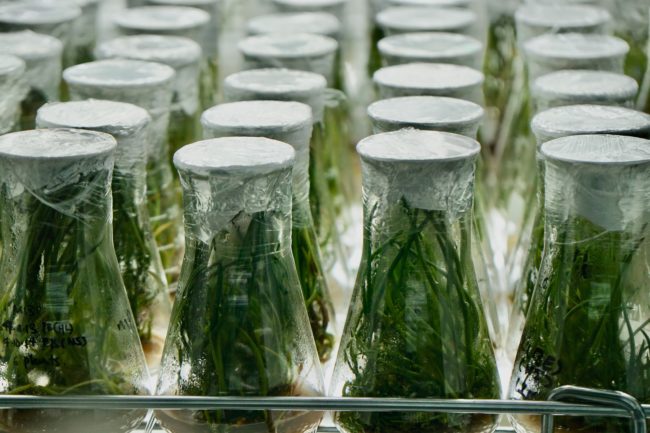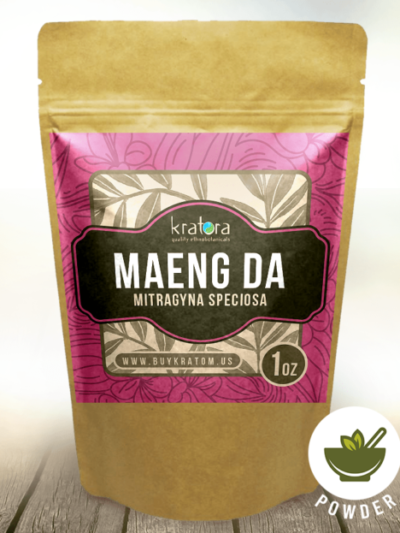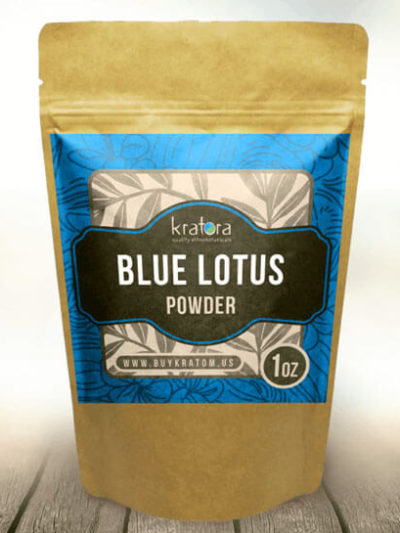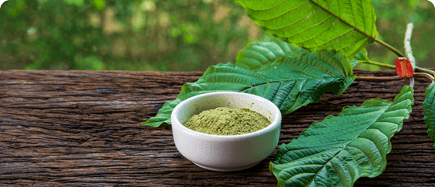Coevolutionary relationships are a fascinating topic in evolutionary biology. These codependent relationships often happen between two species that have evolved together. In short, the evolution of one species is influenced by changes in another. This can happen when two species share an environment and evolve to fill different niches within that environment. These relationships can be mutualistic, commensalistic, or parasitic in nature.
Examples of these relationships include dung beetles and dung piles, birds and flowering plants, bats and insects that pollinate flowers, butterflies and plants that provide nectar as food sources, and coevolution between predators, prey, parasites, and hosts. The coevolution of two unique species will depend on each other, and co-adaptations may arise over time.
Below, we’re going to look into coevolutionary relationships in more detail.
How Do These Relationships Work?
Coevolution can be hard to understand at first, but it’s actually really simple. These relationships work because both species co-develop and co-adapt to one another over time due to their interactions with each other. An example would be how bees co-evolved with flowers to co-exist. Flowers evolved showy, bright colors and strong scents as a way of attracting bees for pollination purposes, while at the same time, some species of bee developed stronger tongues in order to dig deep into the nectar of these flower types. This co-adaptation made it so that both could co-exist.
Today, coevolution is seen in the relationship between predators and prey within ecosystems and different species that have evolved together to provide mutual benefits for each other. Some biologists believe that coevolution is the only process by which new species are formed. While it may seem slow, coevolutionary relationships happen rapidly given enough time and interactions between two different species of any type. This makes sense because if one part of either species has to adapt to co-exist with the other, it would be beneficial for both species to evolve together.
Why is Coevolution Important in Nature?
Coevolution is an amazing example of how nature works and how everything has a purpose when it comes to co-existing within ecosystems. It’s also important because co-evolving relationships are so complex that they’ve allowed biodiversity to thrive on Earth. The relationship between co-adapting species like humans and plants is very important because, through this type of interaction, there becomes an evolutionary advantage for both species or organisms involved in the co-existence.
The role of coevolution in co-existence is very important because, while one organism might have an advantage over another during the coexisting relationship, it only works if both organisms are working together. For example, when predators hunt for prey to eat and survive, they must target other species that can’t harm or kill them. If co-evolving species preyed on predators, the predator population would die out, and eventually, all coexisting organisms in this ecosystem would be extinct.
The coevolutionary relationship between anemones and clownfish is a popular example of how coexistence works when it comes to interspecific relationships. The clownfish has evolved with anemones to co-exist within this particular ecosystem because the clownfish helps protect the anemone from predators by swimming around their tentacles and eating zooplankton that could damage or kill them. In return, the clownfish gets a safe place for shelter and protection from predators like sea turtles.
Coevolution and Human Health
Coevolution is highly influential in human health. The coevolution between humans and the bacteria that live on our bodies is a good example of this, as we must coexist with these microorganisms to stay healthy. When you think about beneficial co-relationships, such as how certain plants need pollinating insects to survive or how animals need symbiotic microbes to digest their food, coevolutionary relationships become evident in many aspects of life.
When it comes to humans and our co-relationships with bacteria, these microorganisms have become intrinsic parts of us over time, and many of these co-evolved bacteria are necessary for our survival. Another critical coexisting relationship is between humans and plants. Think of plants like cannabis and kratom, which co-evolved with humans for their wellness properties.
Kratom leaves produce beneficial alkaloids, which provide wellness benefits to humans. In turn, humans have planted more kratom trees, which benefits the kratom species.
Cannabis strains rarely exceeded a THC content of 5% back in the 1960s. The average content was about 0.5%. However, today’s cannabis strains frequently contain more than 30% THC, as they have developed due to human cultivation.
Why is the Study of Coevolution Important to Scientists Today?
While there’s little research into coevolutionary relationships between plants like kratom and humans or predators and prey, coevolution is still a popular science topic. Coevolution matters to scientists today because it’s part of the bigger picture when studying ecosystems, coexisting with species, and how adapting in certain ways can affect overall survival rates for an animal or plant. Studying coevolution is also important in terms of the environment. Think of how humans not only plant kratom for its benefits but also to help the environment.
Co-existing can affect how an animal or plant behaves, adapts to its surroundings, and survives based on other species’ behaviors. This interdependence between species also impacts survival rates for each individual organism because it’s all about adaptation to living conditions like climate change that can affect certain co-creatures. In short, coevolutionary relationships are everywhere.
Learn More About Kratom at Kratora
Kratom, like many natural herbs, has co-evolved with humans. This means that both the herb and humans have influenced each other throughout history to create a mutually beneficial relationship between them. Coevolution is not about mutualism or commensalism, nor does it mean coexistence. Instead, these relationships are defined by their reciprocal impact on one another in terms of co-adaptation.
Learn more about all-natural kratom and its growing popularity around the world on our blog. Shop Kratora for premium quality kratom and other ethnobotanicals today.
Maeng Da Kratom Powder
From $12.99
Shop Now
This product has multiple variants. The options may be chosen on the product page
Akuamma Powder
From $10.99
Shop Now
This product has multiple variants. The options may be chosen on the product page
Blue Lotus Powder
From $8.99
Shop Now
This product has multiple variants. The options may be chosen on the product page
Please note that the US FDA has not approved kratom to be sold for human consumption, sold for external use only. The statements in this article have not been evaluated by the FDA. None of the products sold on our website are intended to diagnose, treat, cure, or prevent any disease or medical condition.
Want to learn more about kratom quality and value? Start here:
Why Buying Cheap Kratom Can Be Dangerous






